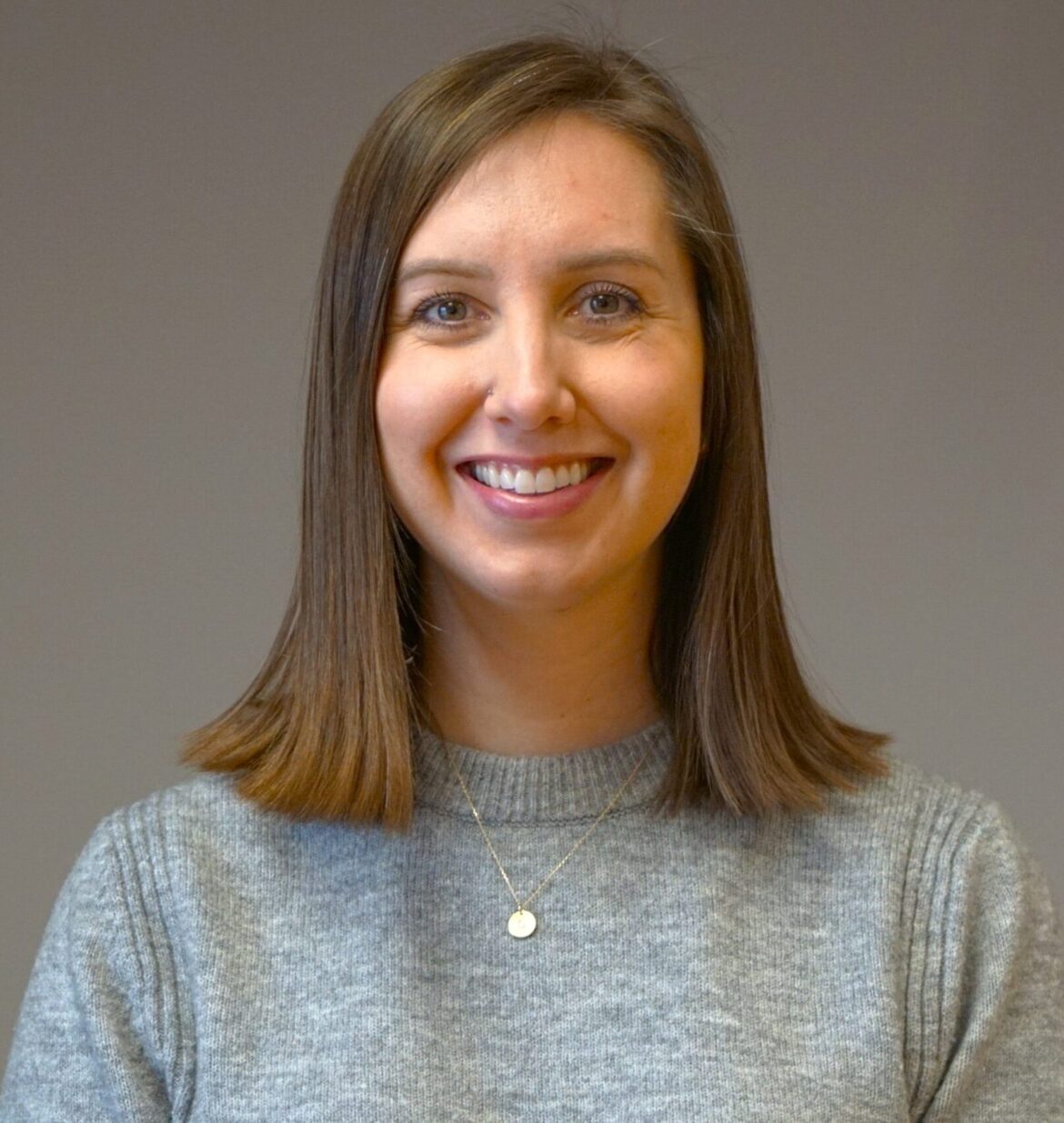
Colleen Goodrich
Wayne Thomas Elementary School
Highland Park, Illinois
cgoodrich@nssd112.org
Best Practices
1) “Igniting the greater good by instilling integrity, honesty, and perseverance in students and teachers is my passion. I harness the power of diversity to cultivate creative thinkers who strengthen weaknesses in order to radiate ‘non scholae sed vits discimus'”. This is my personal mission, which also highlights the best practices I believe principals must utilize in order to be effective instructional leaders.
Through my leadership I have built best practices into the systems, structures, and relationships I have built with the staff and community. One best practice I whole-heartedly believe in is that leaders must connect first, then coach. As Phil Warrick says, ‘what is celebrated gets recreated’. I have created school wide systems of staff celebrations to highlight their successes during staff meetings, as well as celebrations that are between staff members (images see below). I have worked to strategically celebrate staff members with a focus on their teaching strategies or ability to use data to make informed decisions to their instruction.
I have also worked to create a system of ‘walkthroughs’ which has allowed us to be in classrooms for informal observations over 150 times since the beginning of the school year (see attachment of a screenshot of this tracking system), which links directly to celebrating so that best practices in classrooms are then replicated. These walkthroughs are partnered with celebrations and questions to ponder for the staff, which also helps drive the focus of professional development during the school year. This system is all centered around strengthening weaknesses, cultivating creativity, and harnessing the diversity of our staff in order to support each other; one strength highlighted from a staff member might ignite support in another.
A system for staff walkthroughs was also created along with the support of our building coach. These walkthroughs provided teachers classroom coverage so they could rotate through their teammate’s classrooms to see different teaching styles, strategies, and overall classroom management. Walkthroughs had a focus for staff to look for that is related to the overall school area of focus. Colleagues were able to reflect with the coach after the walkthroughs to discuss celebrations and highlight questions to ponder (resembling the walkthrough feedback from admin). This entire process creates a culture of learning, honesty, and continues to promote ‘non scholae sed vits discimus’…’we do not learn for school, but for life’.
This may seem daunting, but educational leaders cannot shy away from opportunity or critical conversations; another best practice. It is in those exact moments that the biggest impacts can be made…but it must also be understood that every decision and interaction is connected to the larger success of the school. Educational leaders who understand ‘the big picture’ will also know that it is vital for them to lead by example. If an educational leader is willing to plan with teams, problem solve together with staff members, and absolutely celebrate the successes, then the staff and students will trust that their leader is invested.
2) It is always in the foremost of my mind that I am a representative of the school and district. It is my responsibility for students and staff to be successful, and in order for that to happen I also have to understand that I am not all knowing; how could I possibly be? If my belief is that I harness the power of diversity of the staff and students, then I better make sure I am connecting with them, truly care about them, and gather their input and expertise when making decisions and this is where my passion lies: servant leadership.
Servant leadership, I believe, is the overarching competency that educational leaders must have; the ability to serve those around them so that they can rise to their fullest potential. It is hard work, it is necessary work, and it is work that involves the ‘whole person’. When educational leaders have a true understanding that the people who make up the school are the most valuable part, then they will have the drive and passion to do what is necessary for success.


